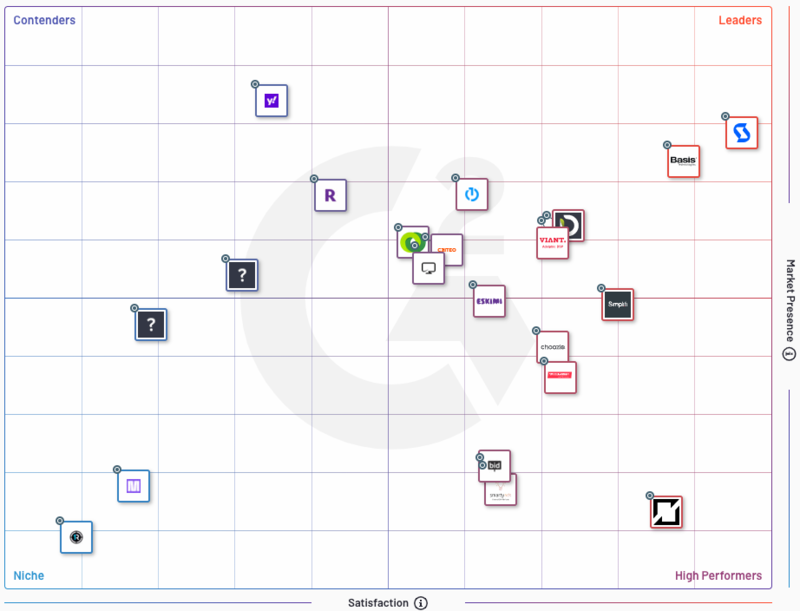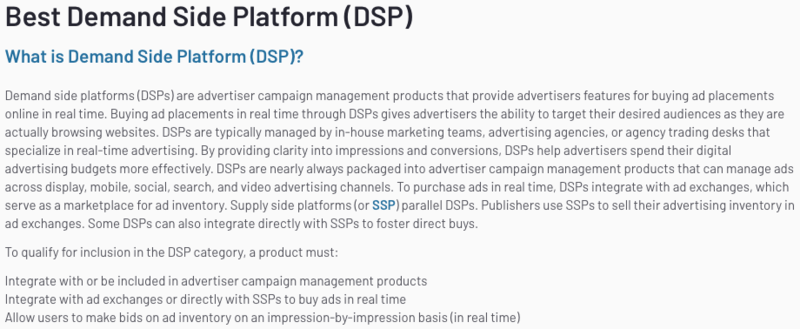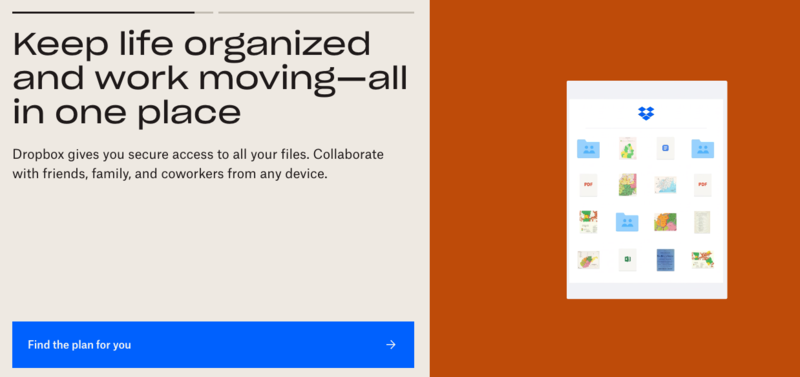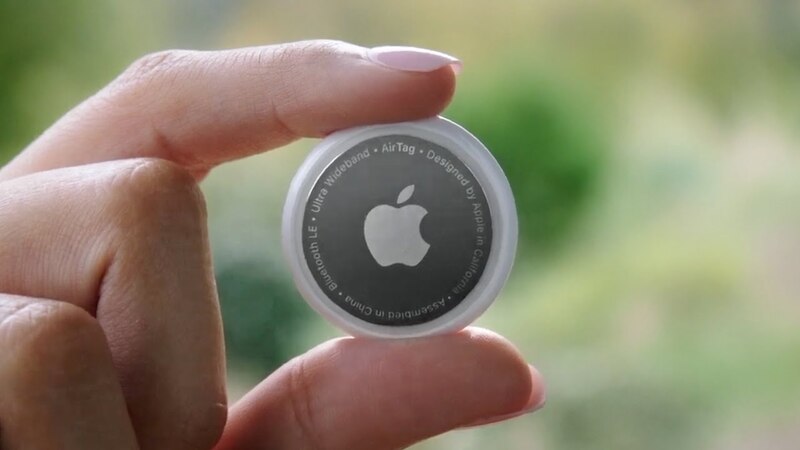Even the greatest product will be overlooked if it lacks a captivating message that resonates with its target customer in a way that no competitor can match.
Doing this isn’t easy.
It requires consistency. Each member of your organization, across the entire customer lifecycle, needs to be in lockstep. When a prospect hits your homepage, clicks an ad, or opens their inbox, your communication should ooze the same values, using the same diction and syntax.
In other words: You need a positioning statement.
In this post, we’ll tell you what a positioning statement is (and isn’t), walk you through the process of writing your own positioning statement, and bring it all together with a real-world example.
ELEVATE YOUR PRODUCT MARKETING STRATEGY WITH THIS FREE KIT
The positioning statement: A crash course
Brand positioning establishes where your product fits in the market—who it helps, the problems it solves, how it compares to competitors. Your goal in developing a positioning statement is to show your team how to communicate the value of your product based on:
- Who your customer is
- The problems your product solves
- The benefits your customer experiences once those problems have been solved
In other words: It’s the simplest way to state why your product is perfectly suited to address a specific need for a specific group.
And who better to develop that statement than you?
You know the product inside and out, you communicate cross-functionally, and you know your customer like the back of your hand. As a product marketer, you are uniquely situated to steward your brand’s positioning statement.
What is a positioning statement?
A positioning statement is a sentence that frames your product as the solution to a specific problem for a specific group of people. It’s the foundation for how sales, marketing, and customer success discuss your product with prospects and customers. Without it, you run the risk of a lack of alignment, which can result in costly inconsistencies.
Positioning statements are sometimes confused with mission statements and value propositions, but there are a few key differences.
Positioning statement vs. mission statement
A mission statement is your north star. It articulates your why—the reason your organization gets out of bed in the morning.
While a positioning statement is actionable—conveying the what, who, and how of your product—a mission statement is purely directional. They are both essential, however, in defining effective product messaging.
Positioning statement vs. value proposition
Meanwhile, a value proposition is more explicitly tied to the positioning statement, but it is not a positioning statement in and of itself. Simply put, it describes what makes your product unique, how it’s better than the other options in the market. The value proposition is typically one of the most important components of your positioning statement.
Now that you know what we're talking about, let's get into the how.
How to write your positioning statement in 4 steps
To craft an effective positioning statement, you'll need to be clear on:
- Who you sell to
- What you sell to them
- The problem your product solves
- How solving that problem makes your customer’s life better
Let’s take a closer look at each of these components, before they form like Voltron to create a positioning statement that’ll take your market by storm.
Step 1. Your customer
In both a literal and a figurative sense, your positioning statement must be customer-first. Developing an intimate understanding of your customer and the obstacles they need to overcome will ensure maximum impact.
To that end, you'll need to develop a buyer persona: a detailed profile of the person for whom your solution is built. At a minimum, you need to define:
- Demographics + psychographics
- Role + company
- Goals + obstacles
Then, distill these tenets into a single, targeted phrase. Tesla doesn’t sell to “people who need to get around." They sell to affluent, environmentally conscious technophiles who drive.
Your target customer profile can be assembled through a combination of customer interviews, historic performance data, and anecdotal evidence sourced from members of your organization. It will also inform the key problem that your product solves (more on that in a moment).
Step 2. Your product
This one’s a no-brainer, right?
A positioning statement must contain the what of your business—which is to say, the thing you sell and the overarching product category in which it exists. Put simply, it’s time to jot down:
- The name of your product or service
- The space in which it can best be contextualized
If you need a hand couching your offering within the confines of a specific industry or competitive landscape, use a tool like G2. If you show up in a grid …

... there’s likely an associated category in which you compete:

This might also be an opportunity for category creation, a la Drift. Chatbots had been around for years when Drift came to market in 2015, but the Boston-based unicorn didn’t market itself as a chatbot company: Drift was the conversational marketing company.
Step 3. The problem(s) your product solves
While some pithy description of your what is an essential component of your positioning statement, it should not be a catalog of the unique features that set your product apart.
It should hone in on your most compelling benefit.
A benefit is something your product enables the user or consumer to do. For example, HubSpot’s email marketing tool doesn’t just allow you to, uh, send emails: it enables you to efficiently design, personalize, and optimize your outreach in one place.
Step 4. How your customer's life improves
And now we come to the coup de grâce.
It isn’t enough to simply cite the problem your product solves. You need to paint a picture of a new paradigm, one in which your ideal customer is free to operate unencumbered.

Dropbox isn’t simply a file storage solution: It’s a tool that unlocks productivity and creativity by giving anyone, anywhere unfettered access to their data.
The final component of your positioning statement can feel aspirational, but it needs to be grounded in reality. Accessibility is the problem Dropbox solves, but productivity and creativity are the benefits experienced by the user through that access.
Bring it all together: Positioning statement example
You’ve gathered the constituent components; now let's combine them into a positioning statement using the following template:
“For [Ideal Customer], [Your Product / Service] is the [Category] that will [Problem Solved] so you can [Benefit.]”
This is going to feel a little bit like mad libs, but bear with me; once you’ve built out the formulaic version, you can freestyle.
For our example, let’s take a company we’re all familiar with, Apple, and create a positioning statement for one of their tertiary products, the AirTag:

Ideal Customer: Tech-savvy consumers who want the best in terms of data privacy, design, and innovation.
Your Product / Service: AirTag.
Category: Tracking device.
Problem It Solves: Attach a long-lasting device to your belongings and instantly, anonymously tap into the hundreds of millions of devices on the Find My network.
Benefit: Super easy to keep track of your stuff.
Which gives us something like …
“For tech-savvy consumers who want the best in terms of data privacy, design, and innovation, AirTag is the tracking device that allows you to attach a long-lasting device to your belongings and instantly, anonymously tap into the hundreds of millions of devices on the Find My network, making it super easy to keep track of your stuff.”
You probably aren’t slapping this on a billboard (that’s what Apple’s absolute flamethrower of a tagline, “Lose your knack for losing things,” is for), but that isn’t the positioning statement’s purpose. Rather, it’s a quick-reference guide—a single (grammatically questionable) sentence that describes your product, target audience, and how it addresses a need to deliver benefits.
A great positioning statement packs a ton of information into a very small footprint. It’s short yet all-encompassing. And above all, it’s sincere. It doesn’t hyperbolize. It’s real.

Seeing is believing! Check out Crayon for yourself.
Take a Product TourRelated Blog Posts
Popular Posts
-
 The 8 Free Market Research Tools and Resources You Need to Know
The 8 Free Market Research Tools and Resources You Need to Know
-
 6 Competitive Advantage Examples From the Real World
6 Competitive Advantage Examples From the Real World
-
 How to Create a Competitive Matrix (Step-by-Step Guide With Examples + Free Templates)
How to Create a Competitive Matrix (Step-by-Step Guide With Examples + Free Templates)
-
 24 Questions to Consider for Your Next SWOT Analysis
24 Questions to Consider for Your Next SWOT Analysis
-
 How to Measure Product Launch Success: 12 KPIs You Should Be Tracking
How to Measure Product Launch Success: 12 KPIs You Should Be Tracking



